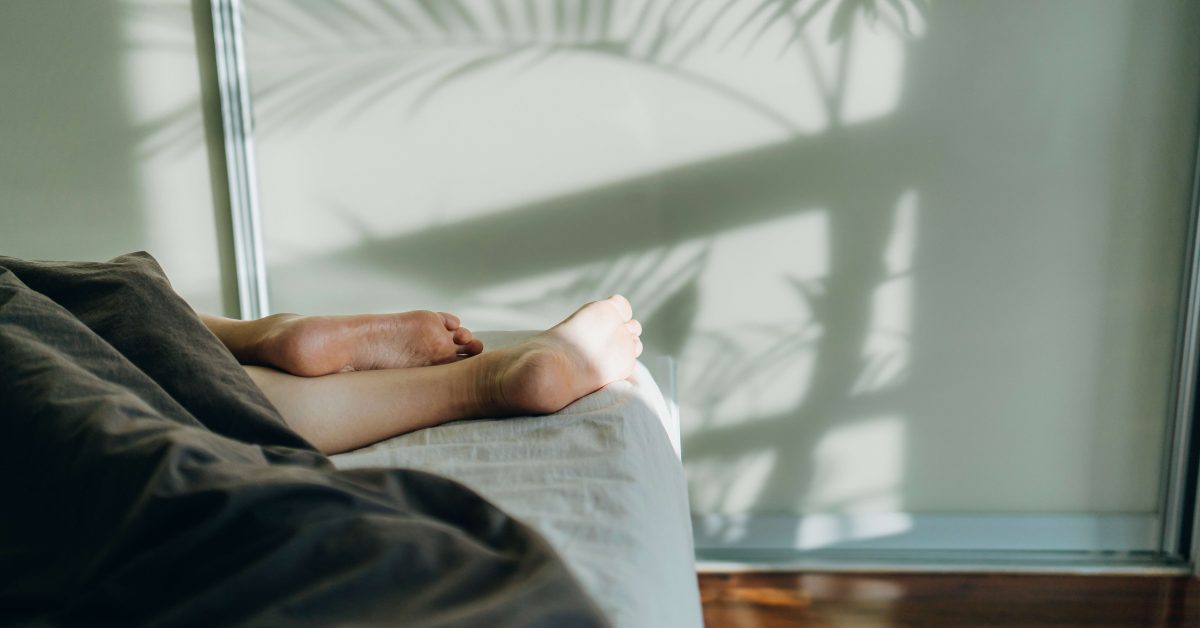Cats get it. Curled up in a ball, on their backs, in a box, perched or upright, felines know how to nap—and they do it a lot, as they wish, often in 15- to 20-minute spurts and sometimes with one eye open.
It’s healthy for cats’ well-being. Napping as much as five hours per day allows the animals to conserve energy and recharge for their next hunt. Instinct rules, whether the cats are wild or domesticated.
It’s the same in some ways for humans, minus certain nonshared traits between the species. We can do “cat naps,” and they’re healthy, sleep experts report—with the universal adage “everything in moderation” applicable.
According to the Mayo Clinic, the renowned academic medical center, “napping offers various benefits for healthy adults.” As relaxation or because of insufficient sleep, taking a nap (with both eyes closed) can be beneficial for improved well-being. But there’s a caveat: Just like many good things, napping in moderation is good, but too much can prove detrimental.
Sleep experts—including specialists from the Mayo Clinic, the American Heart Association and Harvard Medical School—espouse the benefits of napping. The Mayo Clinic recommends considering napping as a part of a consistent daily routine. Napping also can be helpful after sleep loss from working longer than normal hours or after experiencing fatigue.
A 2022 study commissioned by sleepfoundation.org determined the average nap time is 60.2 minutes, but only 43 minutes in adults ages 55 and older. Adults nap on an average of 94.3 days per year. Slightly more than 56% of nappers feel groggy after waking up.
Michael Grandner, a medical-review panel member and director of the Sleep and Health Research Program at the University of Arizona, believes napping has cognitive and physical benefits and can provide a boost of nutrition. “Think of a nap like having a snack between meals,” he says.
Researchers at the American Heart Association cite four major benefits of napping: increased alertness, attitude adjustment, improved memory and better creative mindset. And then there’s saving money.
“You probably know that energy drinks and too much coffee aren’t good for you and aren’t as good for your brain as a nap,” the association states in its napping guidelines. “But have you calculated how much money you’d save by replacing costly trips to the cafe with free naps?”
A recent report by researchers at Harvard Medical School determined that getting the best benefits from napping requires planning. Napping in the early afternoon is best, because our bodies experience a natural circadian lull.
Comfort and brevity make a difference. Napping for approximately 20 minutes is likely ideal to avoid grogginess when you awaken. A short nap can also help not have difficulty sleeping at night.
A quiet, dark comfortable location helps the ease of napping, but make sure a napping routine is not because of a medical issue, and consult a physician if napping is excessive.
Matthew Walker, director of the Center for Human Sleep Science at UC Berkeley, wrote the book Why We Sleep. He details in a passage that “humans are biologically predisposed to ‘biphasic’ sleep, a pattern of sleeping for long stretches at night with shorter naps in the early afternoon.”
For proper napping, Walker recommends certain key guidelines:
Put personal device screens away, make the room dark, cool and quiet, nap horizontally and nap before 2 p.m. or 3 p.m. Late afternoon naps can interfere with nighttime sleep. Individual factors, such as your required hours of sleep, sleeping schedule, age and medication use, also can play a role in determining the best time of day to nap.
Create a restful environment. Nap in a quiet, dark place with a comfortable room temperature and few distractions.
Despite napping’s benefits, drawbacks exist, including sleep inertia and underlying medical issues. Some people just can’t sleep during daylight hours or have trouble sleeping in unfamiliar surroundings.
Sleep inertia, the groggy or disoriented feeling after waking up from a nap, can interfere with continuing your daily routine. Nap too long and not only is returning to your pre-napping situation more difficult, it may trigger insomnia.
Most importantly, after napping, give yourself time to wake up before resuming activities—particularly those that require a quick or sharp response. Only cats need to do that when chasing prey or to prevent getting caught when they are prey.
SLEEP EXPERTS IN SOUTHWEST FLORIDA
Comprehensive Sleep Care of SWFL
5272 Summerlin Commons Way Ste. 603, Fort Myers
cscsleep.com, 239.444.8969
Florida Lung & Sleep Associates
14651 Palm Beach Blvd. Suite 105, Fort Myers
floridalung.com, 239.369.3333
Fort Myers Sleep Lab
13813 Metro Parkway Ste. F, Fort Myers
millenniumphysician.com/location/fort-myers-sleep-lab, 239.936.1343
Growing Room Child Development Centers
25151 Bernwood Drive,
Bonita Springs
growingroomchilddevelopment.com/location-fort-myers-fl, 239.495.0045
Sleep Disorders Center
1865 Veterans Park Drive, Suite 301, Naples
sleepcenternaples.com, 239.254.1233





